Feature
Vivanco resurrected
David Allinson and Stephen Rice on the premiere recording of a ‘lost’ Requiem
Share this
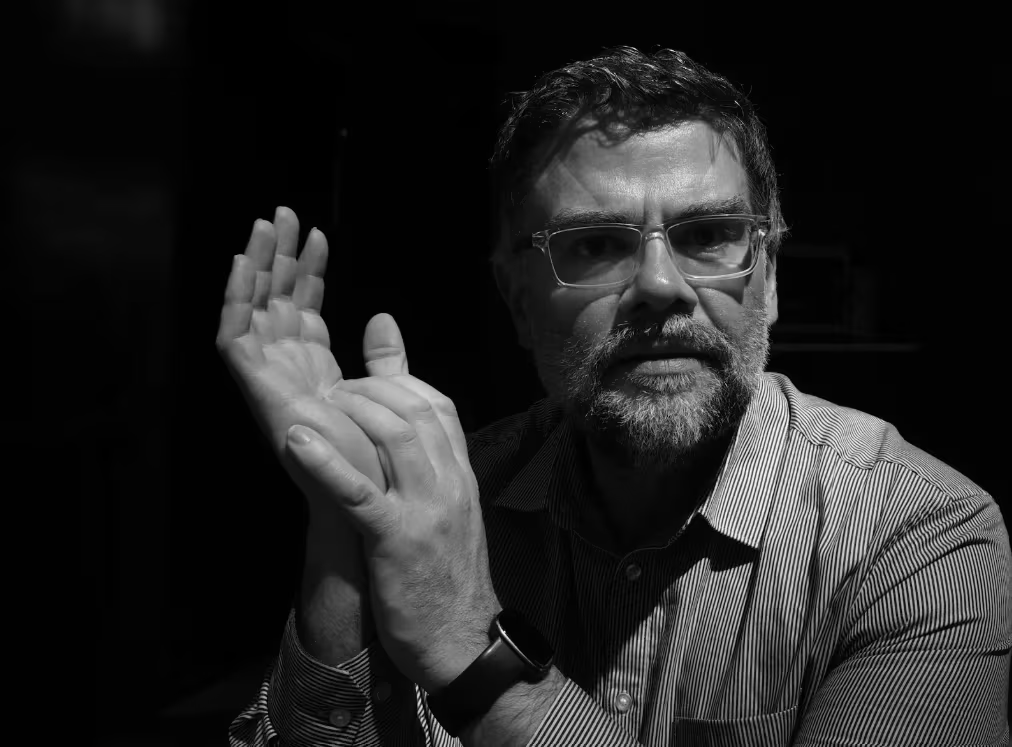
FIRST PUBLISHED 26 OCT 2025
When Sebastián de Vivanco died on this day in 1622, his setting of the Requiem remained unpublished. In the following decades it survived tenuously in manuscript copies; then it was thought to be lost. Equipped with a new edition which brought all the surviving fragments back together, London-based chamber choir, The Renaissance Singers, set out to perform it, record it, and restore it to its rightful place in the tradition of great Requiem settings from the Spanish Golden Age.
The choir’s Musical Director David Allinson and Producer of the recording Stephen Rice discuss.
Stephen: Where did this project begin?
David: For me, it all goes back to the seminal moment when I discovered Iberian polyphony as a teenager. I remember being completely transfixed by the towering, mystical nature of the Requiem settings from that period.
Stephen: It’s a very rich tradition, isn’t it? Death, and the desire to pray for the souls of the departed within the Mass, were constants. So Requiem settings that enhanced those prayers with music were always needed. But the growing population and wealth of Renaissance Spain meant that the number of people who could afford to have Requiems sung at their funerals increased dramatically. We have settings by many great Iberian composers who drew upon and responded to each other’s work.
David: There's a definite sense of a genre which is highly prestigious, in which composers show themselves to excel and pay tribute to their contemporaries and forebears. In that period, the growing belief in purgatory led to the endowment of more masses, and more choral institutions that could sing them. And then publishing came along.
Stephen: Yes, which from 1501 accelerates the transmission of all this music. It also starts to create the sense of a more international canon, driven by the simpler, more direct musical style of composers like Josquin.
![The Renaissance Singers pictured at the end of their recording sessions at the VOCES8 Centre, with David Allinson [left] and Stephen Rice [right] (photo by Ben Connellan) The Renaissance Singers pictured at the end of their recording sessions at the VOCES8 Centre, with David Allinson [left] and Stephen Rice [right] (photo by Ben Connellan)](https://images.ctfassets.net/dittccn4etc2/63QatKchinnQhk83LEn9si/5eb4d2482353cd860afbebcf292d4dd2/IMG_7834.jpeg?w=1200&fm=avif&q=75)
David: The Renaissance Singers is a charity. It’s part of our constitution to propagate the knowledge and practice of this repertoire, to expand what’s available to audiences and singers. So I am always looking for excellent, but neglected music that we can bring to modern audiences for the first time. I was utterly gripped by the idea that Vivanco’s ‘lost’ Requiem belonged to this fascinating tradition, but had not been recorded. So I wanted to add it to the canon.
“I was utterly gripped by the idea that Vivanco’s ‘lost’ Requiem belonged to this fascinating tradition.”
Stephen: Before we get to his Requiem, who was Vivanco? He’s not widely known.
David: No. Vivanco has been overshadowed by his contemporary, Victoria. They were born around the same time in Ávila, probably sang together in the Cathedral there as children, and had the same teacher, Bernardino de Ribera. But while Victoria went to Rome, Vivanco developed an illustrious career in Spain. Three printed collections of his music were published between 1607 and 1610. Vivanco stands at the end of a long line of great composers of the Spanish Golden Age.
Stephen: The Requiem was not included in those three volumes, but the catalyst for your recording was a new edition published by Jorge Martín. How was that possible?
David: Jorge’s edition is a great musicological achievement, a new incarnation of the piece. This Requiem is shrouded in unknowns. It’s not just, as with many Iberian Requiems, that we don't know the occasion, date, personage or forces for whom it was written. It remained unpublished in Vivanco’s lifetime, and we don’t have the composer’s autograph, so it had to be reconstructed from two distant manuscript sources copied many years after the composer’s death – one from c. 1725, the other from the late 17th century – that don't actually agree with each other. So this is music that has survived by the skin of its teeth, that has been travelling around Iberia. It hangs on by a thread.
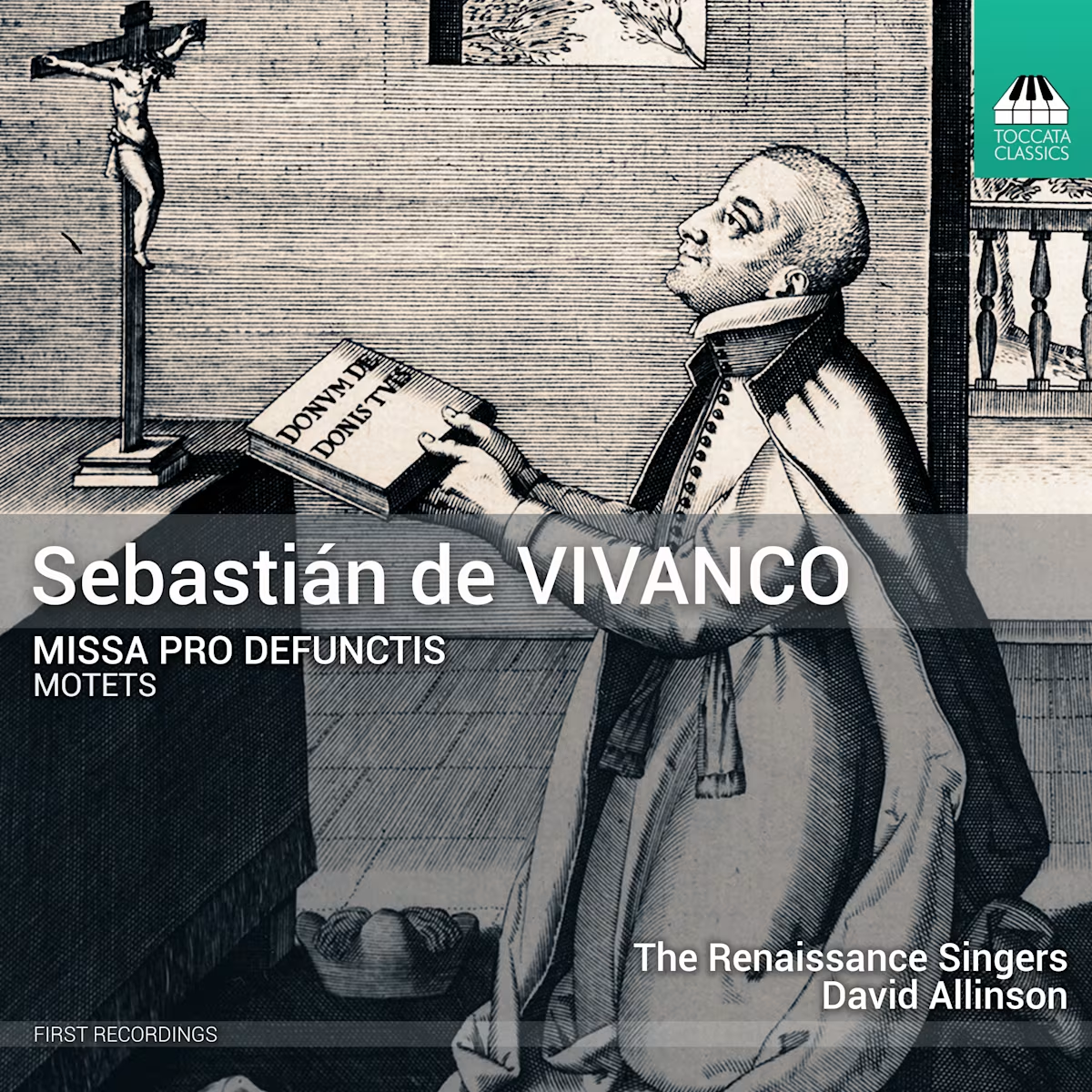
Stephen: In Iberia, Renaissance music was copied in libros de facistol, very large choirbook manuscripts, well into the 18th century or even later. But this is an unusual case, because where the manuscripts differ, we’re not in a position to know which is Vivanco’s original.
David: Jorge has carefully worked out what might plausibly be from Vivanco’s hand and what might be later (removing that which is likely to be by someone else), but also embraced the instability created by the transmission and use of the work. We have two versions of the Kyrie and Sanctus, because the two manuscript sources for those movements differ. But the Benedictus and Agnus Dei only survive in one of the manuscripts, the one from Guadalupe. Vivanco’s music has clearly been put to practical use decades later; it’s been adapted, discarded, changed and knocked about to suit the particular circumstances of the institution or the choir. The history of the music’s use, and the unknowability of Vivanco’s final thoughts, are written into what audiences hear today.
“The history of the music’s use, and the unknowability of Vivanco’s final thoughts, are written into what audiences hear today.”
David Allinson conducts the choir in the Agnus Dei from Vivanco’s Missa pro defunctis during recording sessions at the VOCES8 Centre in July 2025 (video by Ben Connellan).
Stephen: In comparison to, say, Victoria’s Requiem, Vivanco’s strikes me as austere. It has something in common with Morales’ Requiem setting: there’s a primitiveness in places which I’m sure is an intentional compositional act. Instead of polish or perfume there’s a raw quality, a refusal to sugarcoat the difficult elements of mortality or religion, which of course is also a characteristic of Spanish art at this point.
David: Yes. Vivanco’s music is often simple or spare on paper, but very effective in performance. The Sanctus, in particular, is beautifully written and emotionally arresting. It's really well constructed. There is a sense that Vivanco is part of the last great generation where continuous polyphonic counterpoint was written.
Stephen: He was, because what followed him was the emergence of a more baroque style of harmonically-driven music with basso continuo and keyboard instruments. Listeners who enjoy the big sonorities of Vivanco’s other works, for example his lush eight-part Sicut lilium, will discover a different side of him in this Requiem.
David Allinson discusses Vivanco’s life, his music, and the riddle of his unpublished Requiem.
David: When we performed it for the first time in our concert, some of our audience was expecting a fog bank of moist and miserable music to roll over them, but what they got was something flintier, drier and more detailed. I aimed to cultivate a sound with the choir appropriate to that, so that we did not lose all that expressive detail in a wash of legato.
Stephen: All of us that specialise in this music, I think, find there are things that one can continue to discover; whether they’re previously unpublished, or have been published for 100 years, but still nobody's singing them. And many of them are just great. It's a constant pleasure to find ‘new’ old music.
“It's a constant pleasure to find ‘new’ old music.”
David: I agree, there's a whole series of historical accidents that determine which works come to the fore and which are unjustly neglected. It’s exciting that my singers, by working all weekend in a way I found indefatigable and very generous, are playing with those historical forces and making that ‘new’ old music more available.
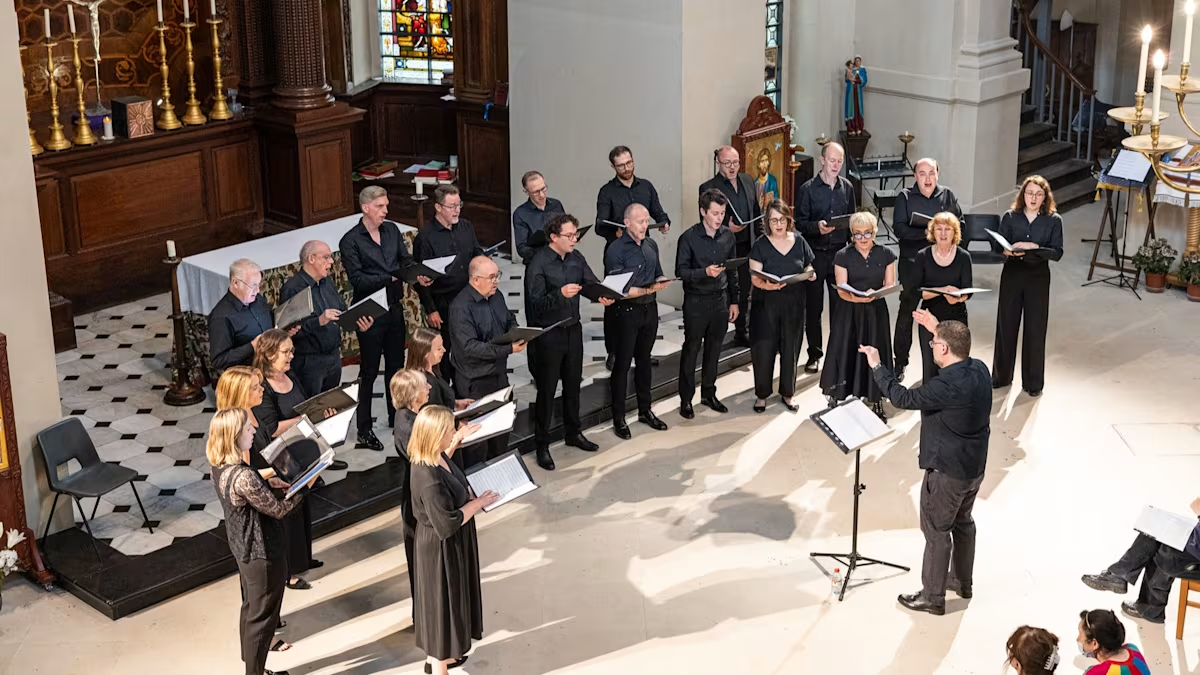
Stephen: It’s an interestingly constructed programme. In my own recordings, I've been encouraged by labels to stick to one composer. That was really from the days when people bought CDs in shops and they had to be easy to find. But, alongside Vivanco, you brought in a diverse range of other composers. How did you decide on those?
David: We were looking for contrasts, and also mindful of the way people listen to music on streaming platforms. I decided to surround the Requiem with a constellation of deliberately rich penitential pieces to provide a foil to Vivanco’s simplicity. They include motets by Bernadino de Ribera, the teacher of Victoria and Vivanco, and Juan Gutiérrez de Padilla who developed this Iberian tradition in the New World. Because an evening in a Spanish cathedral would have ended with a ‘Salve service’, we wanted something Marian to follow the Requiem, and chose Melchor Robledo’s Salve Regina, a piece the choir especially loved.
Stephen: It was hard work for you and all the singers to record this music during a heatwave, with no fans or air conditioning! What has this project meant to the choir?
David: I was very keen to capture where the choir is now, and its new stronger self after the difficult years of the pandemic. Otherwise years go past and you haven't got an official record of the work you're doing. It feels like a moment of renewal for us. It's wonderful to record with singers who are friends with each other. You can hear it in the sound. It has also underlined how lucky we are to have so many supporters out there, who generously donated to a Crowdfunder campaign to finance this special project. We just couldn't have done it if they hadn't put their trust in us. If you’re one of them reading this, then thank you.
David Allinson is a freelance conductor, educator and workshop leader specialising in Early Music, and has been Musical Director of The Renaissance Singers since 2010.
Stephen Rice is a freelance choral director, singer, and writer on music. He is Founder and Director of The Brabant Ensemble and a contributor to The Book of Requiems (Leuven University Press).
The Renaissance Singers’ recording of Vivanco’s Missa pro defunctis, with motets by Vivanco and his Spanish contemporaries, will be released by Toccata on 9 January. Follow The Renaissance Singers on Facebook, Instagram or Bluesky for updates.
Share this
Keep reading
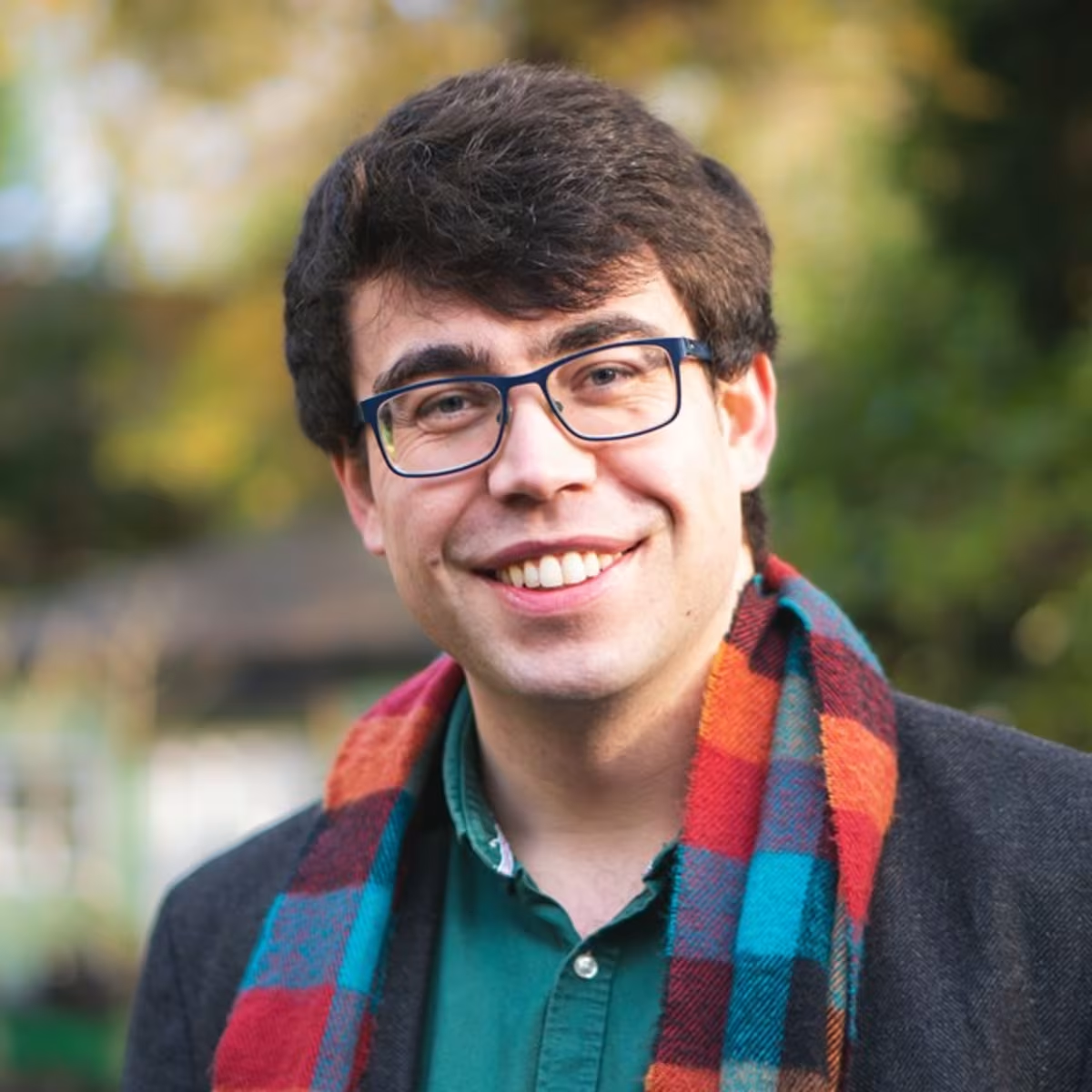
Owain Park: Half a dozen of one
Ten years on from their Cambridge debut, The Gesualdo Six continue to redefine choral performance through imagination and collaboration.
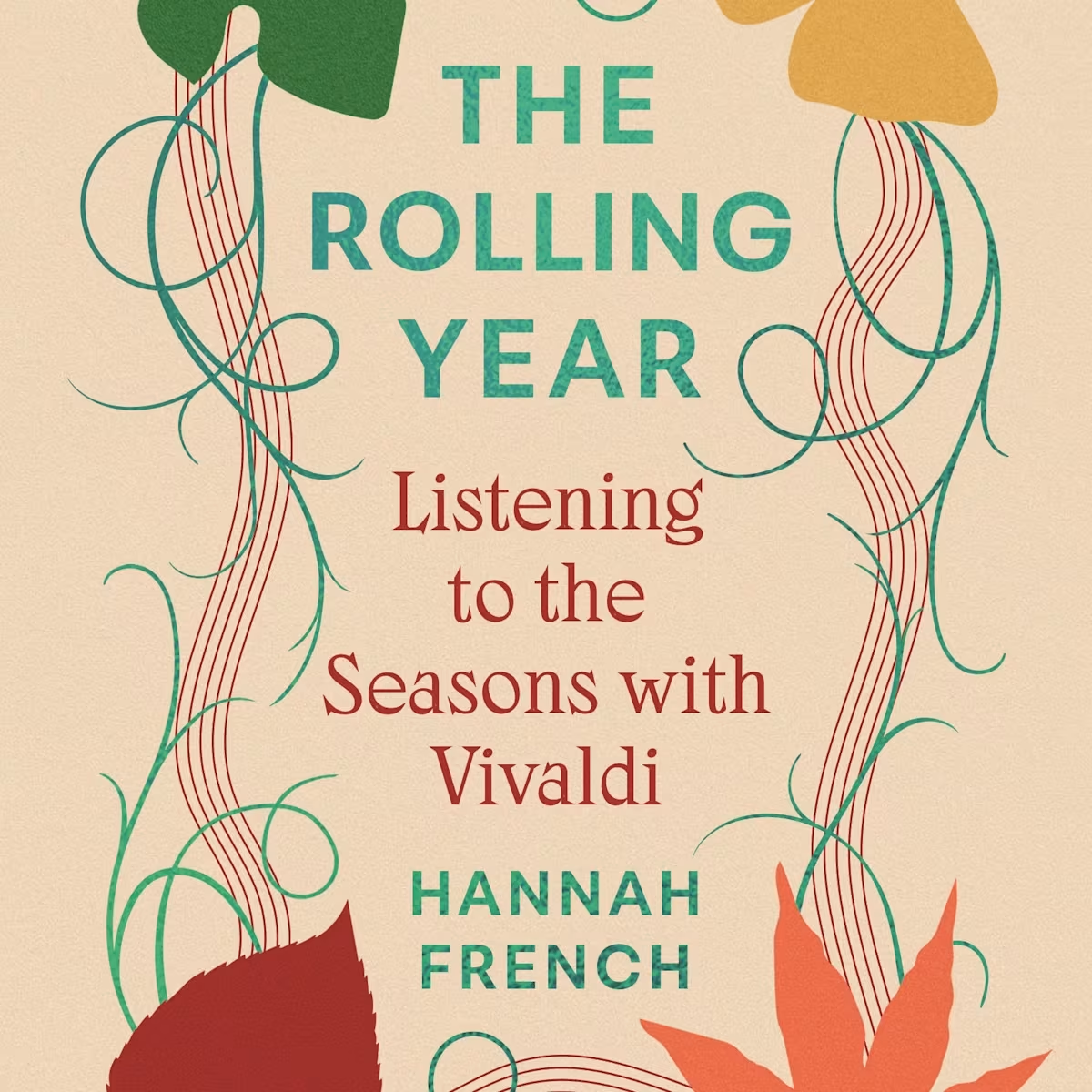
The Rolling Year: Listening to the Seasons with Vivaldi
On the 300th anniversary of Vivaldi's The Four Seasons, Dr Hannah French embraces the art of listening seasonally in her exploration of this classic work.
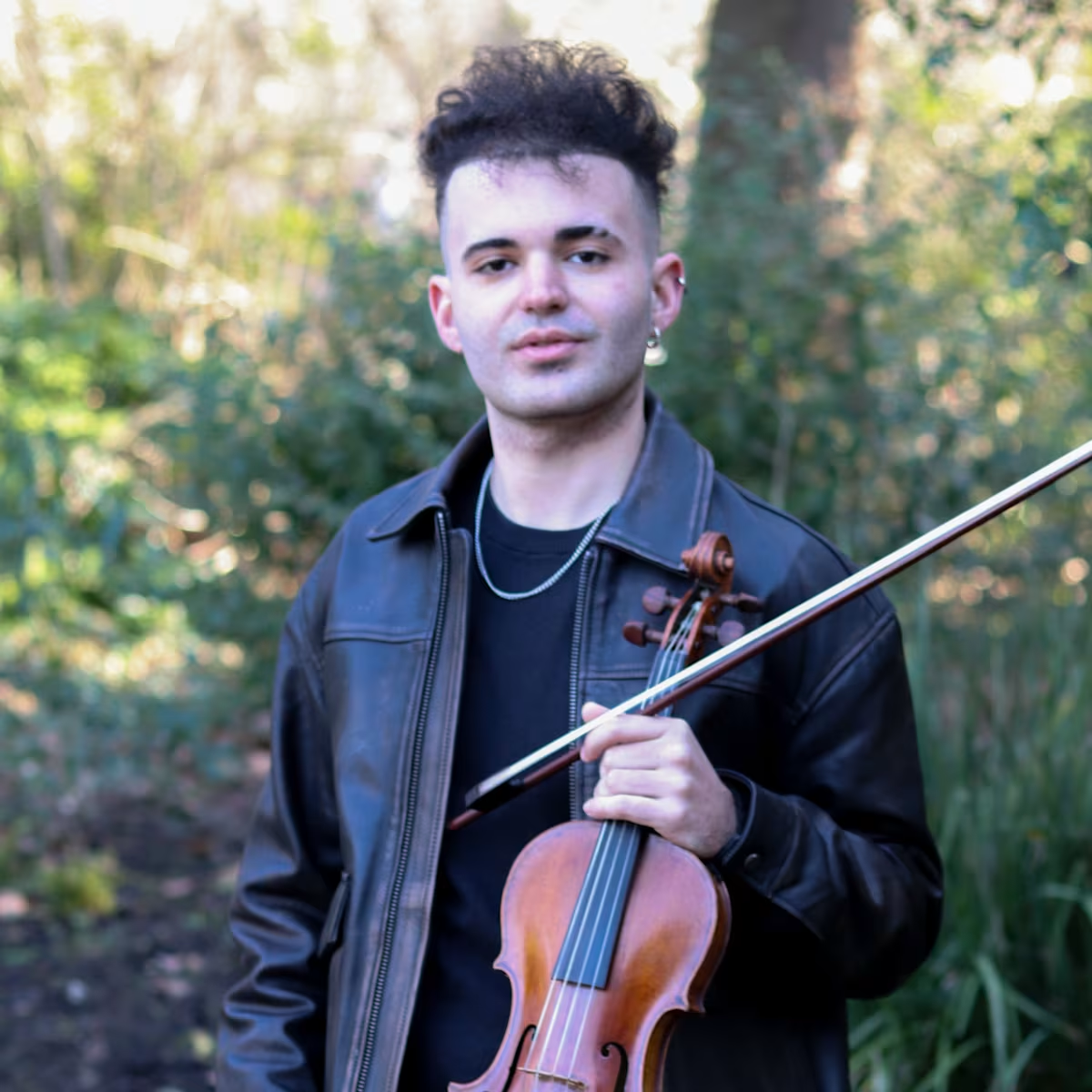
In conversation: Joseph Lowe
Continuo catches up with violinist and violist Joseph Lowe to talk about his journey into Early Music and his recent video recording with the Lowe Ensemble.



